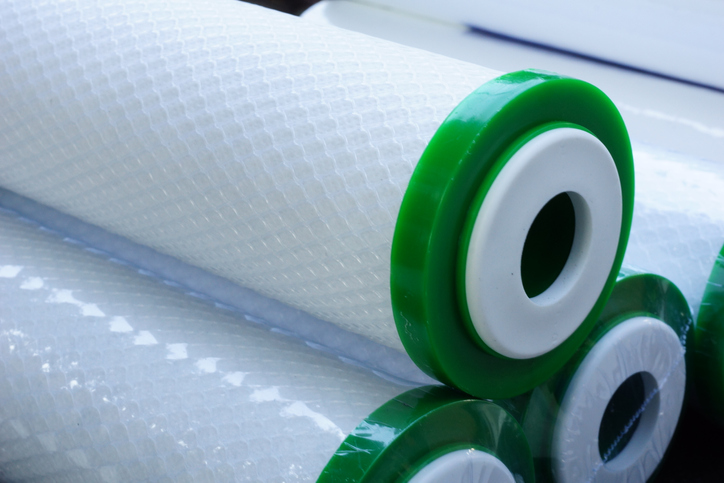Out with the Old and in with the Old: Recycled RO membranes for FO Technology

Water scarcity is a global concern that’s become more complicated due to demographic growth and climate change, prompting the search for alternative resources. In many parts of the world, two of the most practical and achievable methods to securing water are desalination and wastewater reuse. For decades, membrane-based technologies have been widely used for water treatment due to accessibility, simple operation, adaptability to various feed compositions and operation pressures, and consideration for the environment, unlike chemical or thermal approaches. However, only in recent decades have options for reducing, recycling, or reusing elements been investigated (Prince, et al., 2011).
Today, spiral wound thin-film composite (TFC) - polyamide (PA) membranes are commonplace in desalination plants and account for 70 percent of the total desalination capacity of clean water per day worldwide. But RO desalination technology is costly with respect to energy consumption (pressure is required for the process), management of effluent, and the correction of adverse environmental impacts as a result. Adding to the environmental concerns is the short lifespan of the used membrane modules, roughly six years on average. As a result, around 18.4 million RO modules were estimated to be discarded in 2020 (Contreras-Martinez, Garcia-Payo, 2021).
However, a recent study by Contreras-Martínez et al.’s research in one Spanish institution revealed that it is possible to employ discarded reverse osmosis membranes in forward osmosis technology for wastewater treatment, provided adequate treatment procedures are followed. In the study Recycled FO (RFO) membranes underwent a cleaning process using Sodium hypochlorite (NaClO) at various concentrations and exposure times. In addition, a secondary interfacial polymerization step was used to further boost the FO performance of the best performing RFO membranes, resulting in a transformed recycled FO (TRFO) membrane. RFO and TRFO are proposed as an alternate use of end-of-life reverse osmosis membranes for forward osmosis. As a result, their lifetime is extended, contributing to a circular economy and long-term sustainability in membrane research and associated materials.
Sources:
- https://www.sciencedirect.com/science/article/abs/pii/S0011916421003830?via%3Dihub
- https://www.activesustainability.com/water/what-is-reverse-osmosis-desalination/#:~:text=In%20reverse%20osmosis%20desalination%2C%20water,brine%20and%20the%20other%20freshwater.
- https://www.researchgate.net/publication/246549314_Reuse_and_recycling_of_used_desalination_membranes
- https://www.researchgate.net/publication/352521793_Electrospun_Nanostructured_Membrane_Engineering_Using_Reverse_Osmosis_Recycled_Modules_Membrane_Distillation_Application
- Most Viewed Blog Articles (5)
- Company News (285)
- Emerging Technologies (64)
- Microbiology and Life Science News (93)
- Water and Fluid Separation News (97)
- Filtration Resources (93)
- Product News (19)


![Join Sterlitech at BIO 2024 [Booth #5558]: Exploring the Future of Biotechnology](https://www.sterlitech.com/media/blog/cache/300x200/magefan_blog/b4.jpeg)



